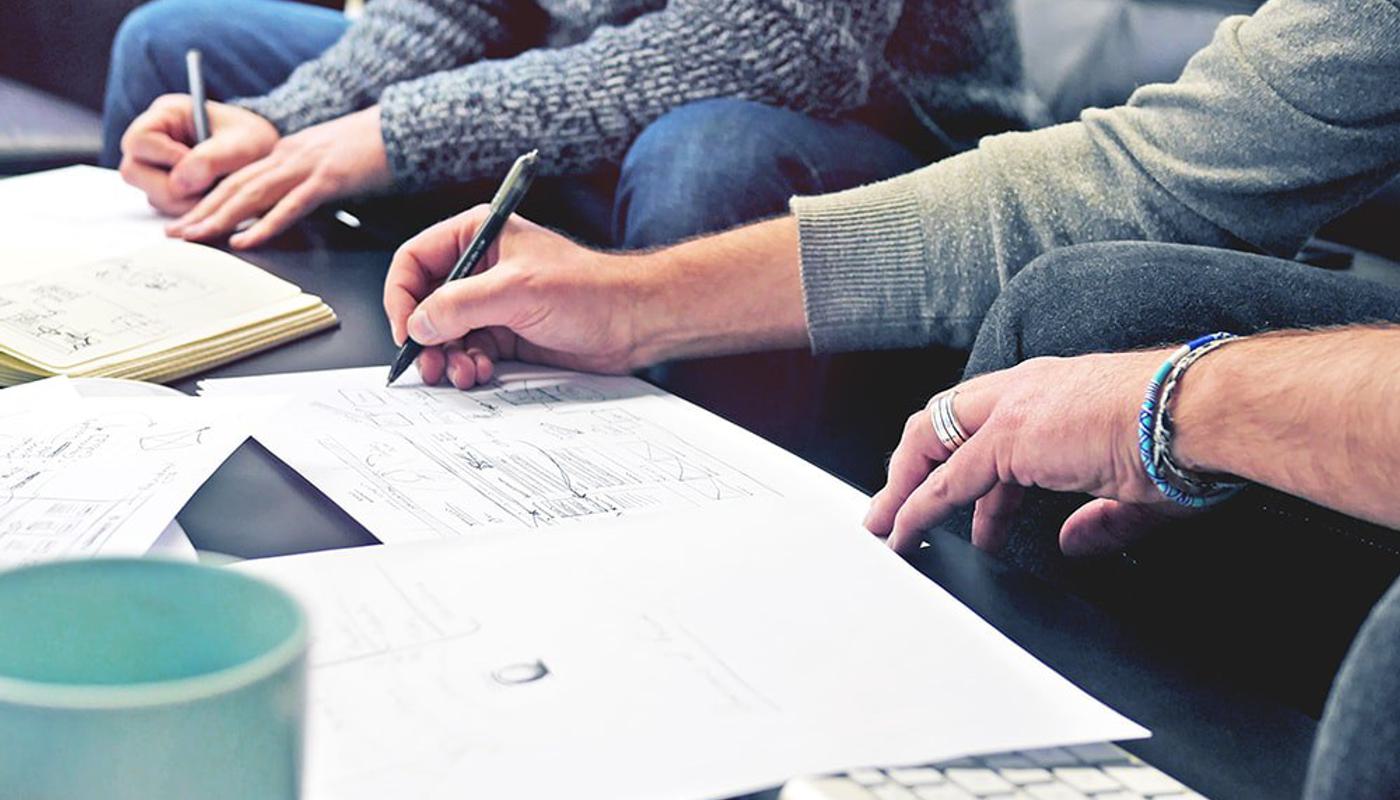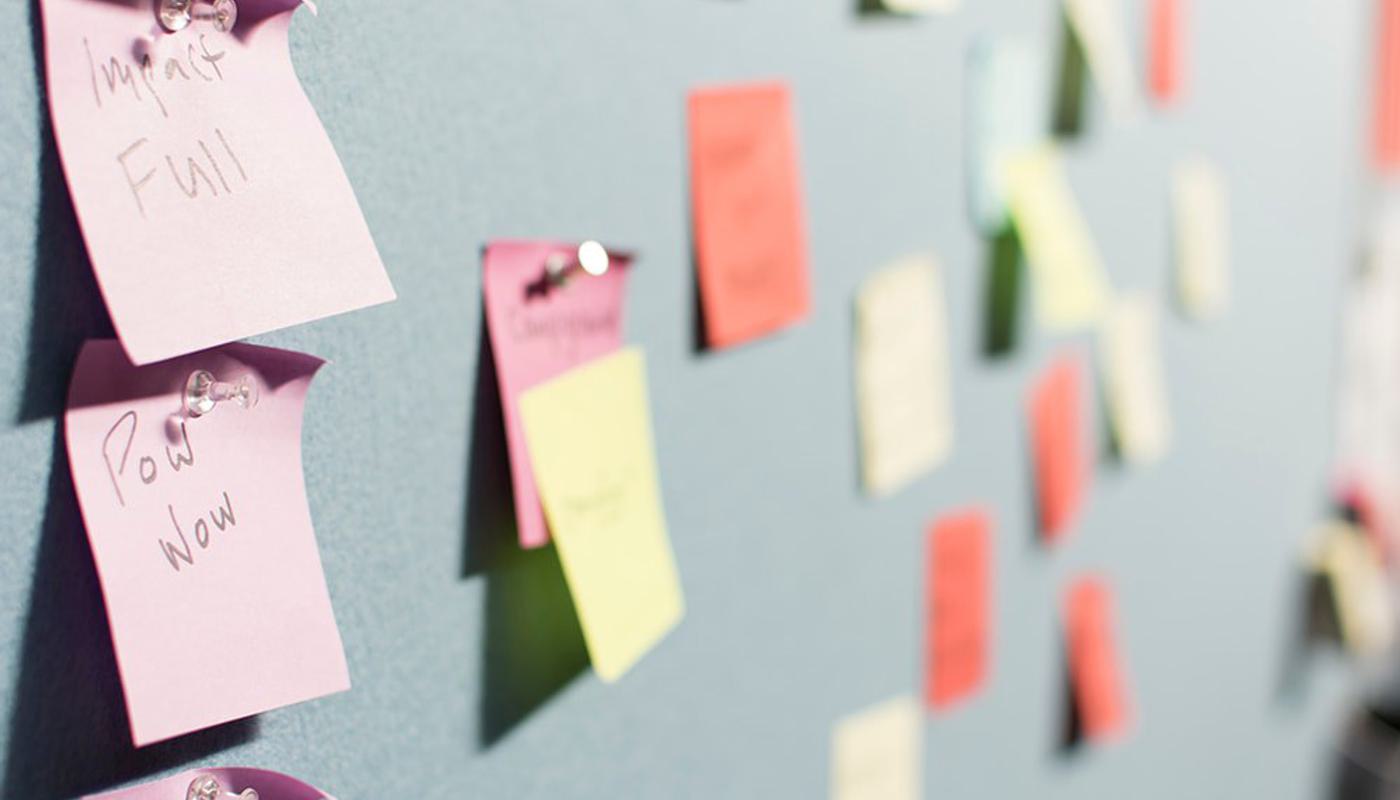
3 tips for briefing your design agency
"[A client] would come to me and say, "Gus, how do I brief your team?" "You can't. It's not about briefing my team. Actually we're going to have a conversation. Let's understand, what is the opportunity and what are you trying to do?”
Gustavo Machado is Head of Design at Intuit Quickbooks UK. In a recent interview with him, this quote stood out to us as golden nugget of information. It got us thinking about a dilemma that many agencies face - the changing role (and death?) of the design brief.
The design brief as we want to know it
Gus’s quote above represents a vital change when it comes to briefs. At Ambition, we see ourselves as an open and accessible agency - so why not change the way that briefs are put together in order to achieve something that’s much more beneficial for both parties? We believe a brief should have a collaborative approach. And it’s a great learning opportunity for everyone involved.
The purpose of a design brief is to explain a problem and set boundaries such as timescale and budget. We believe there’s also a disconnect here when clients can be tempted to spell out the problem, and therefore prescribe a way it should be solved. One of the top reasons for hiring an agency is to gain their expertise - a design team has a lot to offer, including in the initial discussion. Lateral thinking and creative problem-solving that they inherently use will make sure your results are customer and human focused.
So with that in mind, here’s 3 top tips on briefing a design team:
1. Open up a conversation
This is really important when it comes to initiating a brief for a project. It’s often one of the first things we do when we receive a more traditional brief. It doesn’t have to be a full on meeting - even a 20 minute phone call will help iron out some of what you’re trying to achieve and can give you a good starting point, as well as a much better understanding of what your creative agency can offer.
2. Be thorough
Being thorough when it comes to briefing is all about providing your agency with as much context as possible. If you’re trying to solve a particular problem, ask yourself questions based around the classic “Who? What? Why? When? and How?” Thinking in this way opens up channels of alternative thinking and really helps your designer to create the best solution based on all factors (even if you may not think they are directly related). If you’re struggling to answer some of those questions yourself, this is the perfect opportunity to have a conversation with your creative agency.
Besides that, we love a good concept and any research, customer personas or additional data you have to influence the design and problem solving will be highly beneficial to the outcome. Believe it or not, creative people are actually very analytical.
3. Be open minded
Once you’ve discussed and thought about what you’re trying to achieve, it’s important to stay open minded about the outcome. Whilst you may know that you need, for example, a website project, it’s important to understand that it’s in agency’s nature to consider every detail and work out what will work best for the user. We love to have a healthy discussion about different ideas and details. After all, everyone is working toward the same goal.
The role and format of the brief is changing, and with the creative disciplines expanding, it’s more important than ever to have conversations and take more of a collaborative approach. It enables both sides to understand and therefore solve each problem much better. We would love to open up a conversation with you - why not book a 15 minute call with us to discuss the next steps? Get in touch here, or call the studio on 0118 214 2396 to set up a meeting with Gerry or Gary.
Latest Entries
Choosing the right CMS for you
We discuss the pros and cons of two popular content management systems - Craft CMS and Wordpress. But which is better?
Design thinking – more than just a buzzword
Design is not just how something looks at the end, it’s how it works altogether. Think of design as a verb, not a noun.
The importance of concept
A concept is the founding idea behind a design. It’s the why and the how, and it informs decisions until completion.


